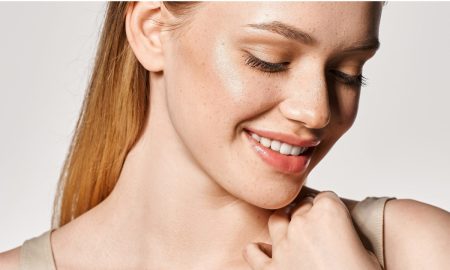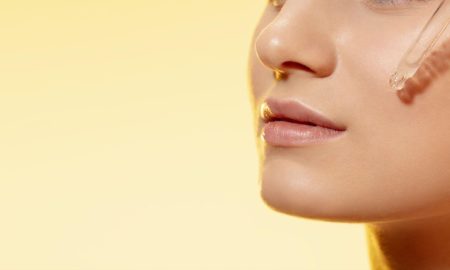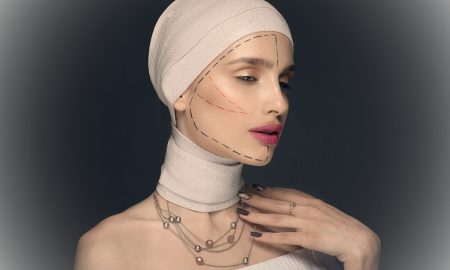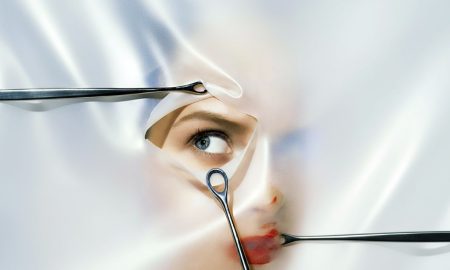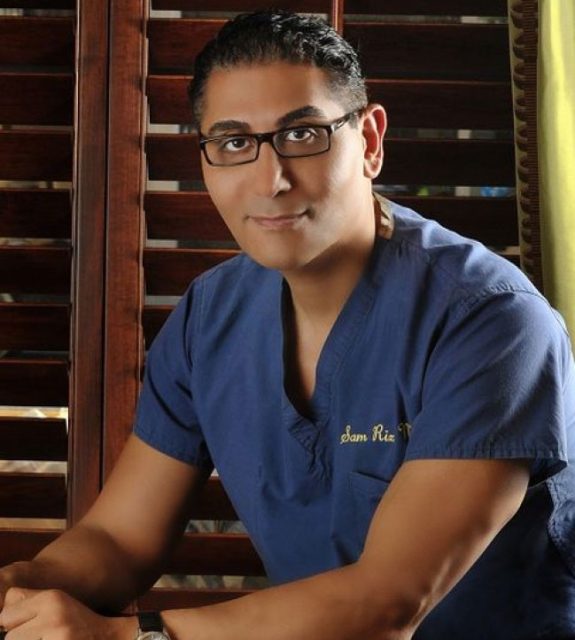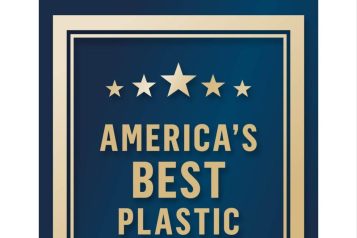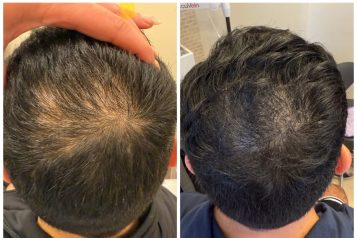Elizabeth Laikhter contributed to this article.
Dr. Samuel Lin is a double board-certified Plastic Surgeon and Associate Professor of Surgery at Harvard Medical School who practices in Boston, Massachusetts. Dr. Lin is an active Board Member of the Susan G. Komen for the Cure and Bright Pink Foundations. Dr. Lin is active in both basic science and clinical research with a focus on face/neck/nose surgery (rhinoplasty), breast surgery (reduction, lift, and reconstruction), and body contouring. He collaborates with engineers, scientists, and other plastic surgeons at other institutions within the New England area, nationally, and internationally. He is the editor of several medical textbooks including Aesthetic Atlas of the Head and Neck, Atlas of Body Contouring, and Plastic and Reconstructive Surgery Pearls of Wisdom and Pearls of Wisdom Second and Third Editions. Haute Beauty Expert Dr. Samuel Lin explains the difference between spider and varicose veins while offering options to treat them.
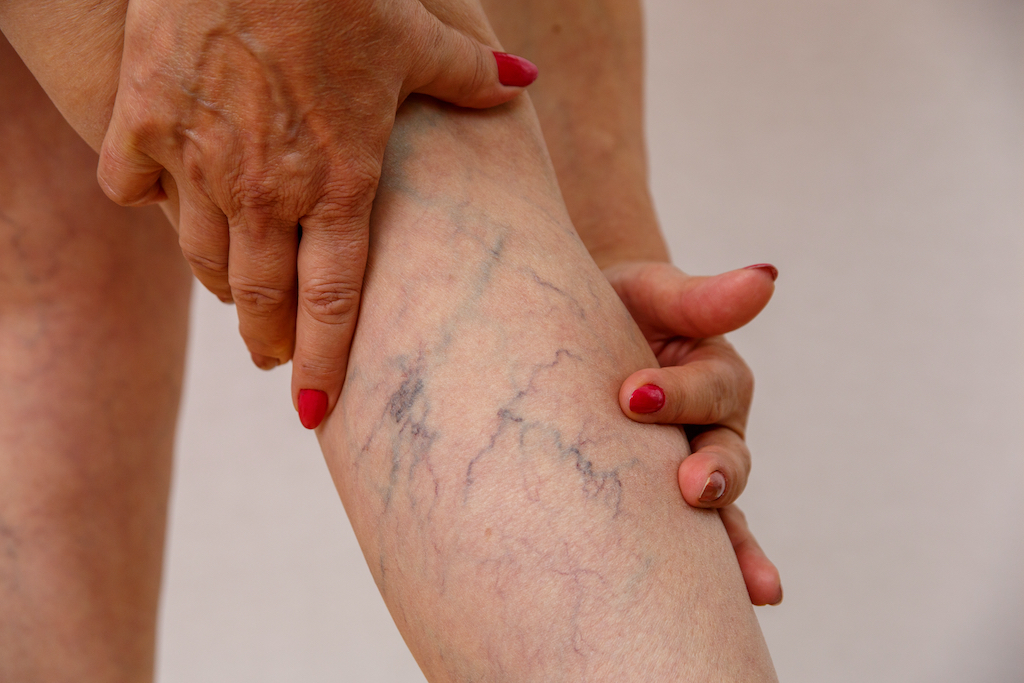 Photo Credit: ShutterstockSpider veins are thin blood vessels that can appear on the surface of the skin of the legs. They are often dark red, blue, or purple and look like branched webs. Although they are often benign and not necessarily indicative of poor health, their appearance can be bothersome. Fortunately, there are several options available to minimize the appearance of spider veins and make you look forward to showing off your legs this summer.
Photo Credit: ShutterstockSpider veins are thin blood vessels that can appear on the surface of the skin of the legs. They are often dark red, blue, or purple and look like branched webs. Although they are often benign and not necessarily indicative of poor health, their appearance can be bothersome. Fortunately, there are several options available to minimize the appearance of spider veins and make you look forward to showing off your legs this summer.
The difference between spider veins and varicose veins
Spider veins are similar to varicose veins, but there are some important differences. Varicose veins appear when larger veins located deeper in the legs get damaged. As a result, they tend to bulge beneath the skin and may appear twisted and tangled. While spider veins are typically painless, varicose veins can cause substantial pain and discomfort. Although there are similar non-invasive treatments for spider veins and varicose veins, the minimally invasive treatments discussed in this article are specific for spider veins.
What causes spider veins?
Several factors can contribute to the development of spider veins. Some people have a genetic predisposition to develop spider veins. Additional factors that can be associated with spider vein development include prolonged sitting or standing, increased age, hormonal changes, pregnancy, and weight fluctuations. Many of these factors may also increase the risk of varicose veins.
Regardless of the cause of spider veins, there are several non-invasive and minimally invasive options for treatment which will be discussed in this article.
 Photo Credit: ShutterstockNon-invasive treatments
Photo Credit: ShutterstockNon-invasive treatments
Even before you see a professional for spider vein or varicose vein treatment, there are several things you can do at home for both of these. First, avoid activities that cause spider veins and varicose veins such as long periods of standing or sitting. When sitting, it is helpful to elevate your legs whenever possible. Second, exercising regularly increases blood circulation and improves vein health; therefore, lessening the appearance of spider veins as well as varicose veins. Weight loss can also improve the appearance of prominent veins. Lastly, compression stockings may help prevent blood pooling in small and large veins, lessening their appearance and preventing further development.
Minimally-invasive treatments
Sclerotherapy is a common procedure used to treat spider veins. Sclerotherapy involves the injection of a substance that irritates the inside lumen of spider veins. The irritation causes spider veins to collapse and fade over time. Multiple areas of spider veins may necessitate multiple injections. After injection, oftentimes treatment includes wrapping your legs with compression tape or stockings, which you will need to wear for a few days following treatment. The injection may cause some brown discoloration, which will fade over weeks to months.
Laser treatment is another option for spider vein removal. Your surgeon or dermatologist will aim an intense beam of light of a specific wavelength at the spider veins. The wavelength of light is chosen based on the color molecules known to be present in veins and blood cells. The light is selectively absorbed by the veins and is converted into heat energy, which effectively diminishes the appearance of the veins. Several laser treatments may be needed to achieve optimal results. After treatment, it is important to use SPF or keep your legs out of the sun. Patients can resume their daily activities immediately after treatment.
For more information, visit Dr. Samuel Lin's social media:












